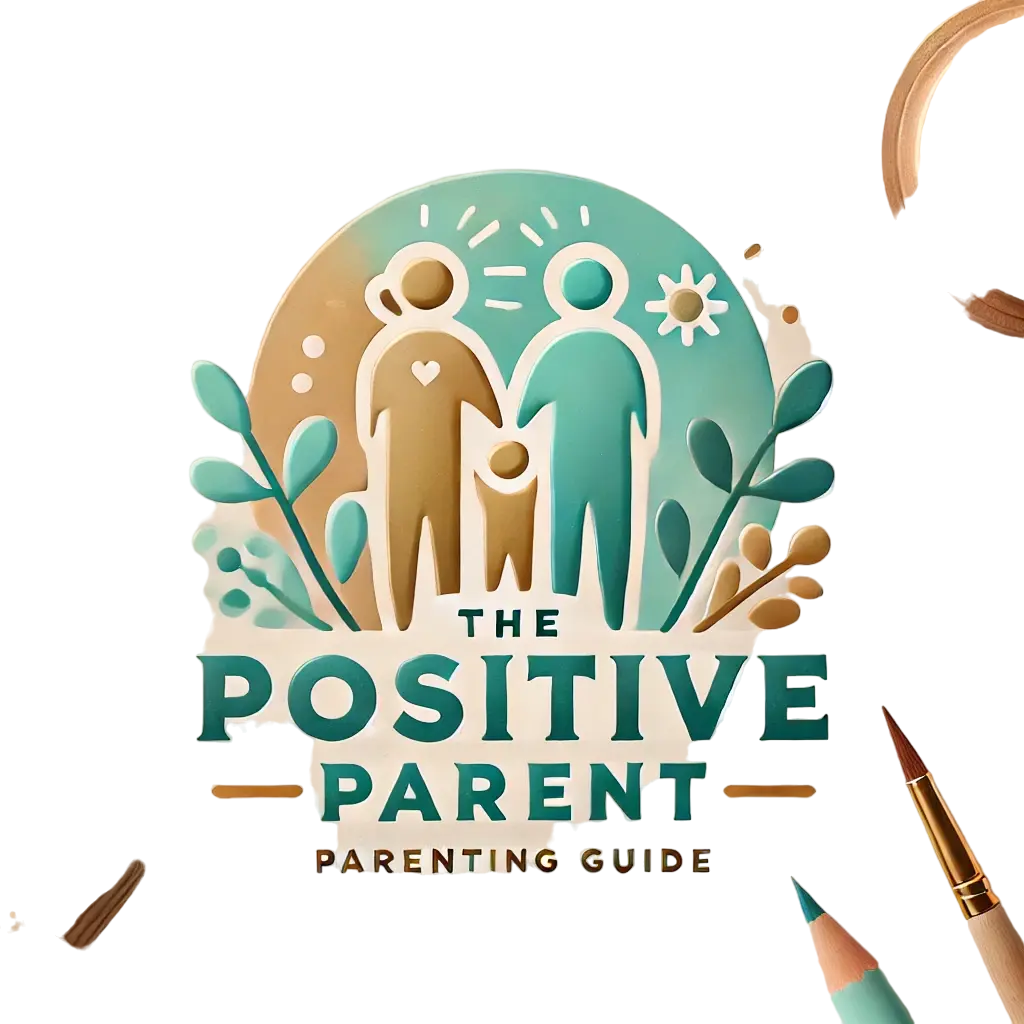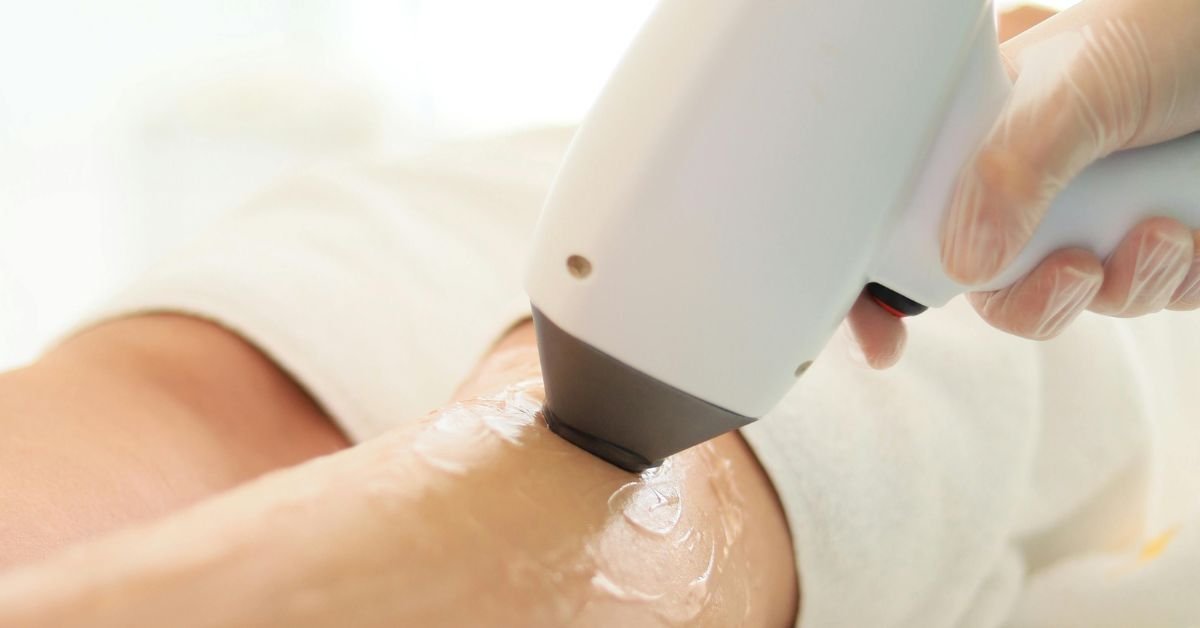85% of New Moms Suffer From This Postpartum Condition but Many Don’t Get Help
Category
Categories

85% of New Moms Suffer From This Postpartum Condition but Many Don’t Get Help
As any individual who has given birth understands, the process can take a toll on the body. The pressure on the pelvic region, including nerves and muscles, during labor and delivery can lead to postpartum incontinence, characterized by involuntary urination.
According to a recent study by Aeroflow Urology, 85% of new mothers experience frequent bladder leaks, but only 15% have access to resources or care to help manage their symptoms.
Researchers highlight that the lack of support can result in more severe complications such as UTIs, vaginal infections, and an increase in postpartum mental health issues like postpartum depression.
Reasons for Silent Suffering
The lack of support for individuals experiencing postpartum incontinence may be attributed to the misconception that it is a normal occurrence rather than a common one, according to Aleece Fosnight, an expert in women’s health.
Additionally, societal taboos surrounding discussions about incontinence can also deter people from seeking help.
Traditional postpartum care in the U.S. typically focuses on immediate postpartum issues like bleeding and healing, rather than long-term pelvic health, notes Fosnight. The lack of a standardized screening process for postpartum incontinence means that healthcare providers may not address symptoms unless prompted by the patient.
It is essential to challenge and dismantle the stigma surrounding this topic.
Main Content
“There should be more open discussion regarding postpartum incontinence, along with tangible support such as access to pelvic floor therapy, improved postpartum education, or simply reassurance that you are not alone,” expresses Alexis Kristiana, a mother of three who faced postpartum incontinence following her third child’s birth. “Motherhood is inherently full of ups and downs, and no mother should have to manage this issue in isolation or feel ashamed of something so prevalent.”
Effects of Neglecting Postpartum Incontinence
Due to the wide range of symptoms, Dr. Kyle Graham, an OB-GYN and medical director at Pediatrix Medical Group in San Jose, California, points out that individuals may react differently to postpartum incontinence if left untreated.
Dr. Graham highlights that issues like embarrassment, frustration, and decreased confidence are commonly addressed during medical appointments.
Neglecting postpartum incontinence can have various negative impacts on an individual’s daily life, extending beyond emotional concerns.
Mental health
Fosnight states that 71% of individuals experiencing postpartum incontinence reported feelings of anxiety, stress, and self-consciousness. Mothers attributed their self-consciousness (27%), stress (23.6%), anxiety (21%), and depression (13%) to postpartum incontinence.
Isabella Mollette, a mother of three, highlights how postpartum incontinence unexpectedly affected her daily life and confidence. She mentions that simple activities like laughing, sneezing, or chasing after her children became anxiety-inducing moments.
Those experiencing urinary incontinence are at an increased risk of developing postpartum depression.
“Postpartum incontinence is linked to perinatal mood and anxiety disorders and can contribute to challenges with psychosocial adjustment in the postpartum period,” confirms Lacy Woods Hochkammer, an occupational therapist specializing in perinatal and pelvic health at Maternal Milestones.
Overcoming Postpartum Incontinence
Experiencing postpartum incontinence can lead to feelings of the body being “broken” after giving birth, according to Hochkammer. She emphasizes that although these emotions are understandable, postpartum incontinence is a widespread issue and should not be a cause for embarrassment.
Daily activities
A significant number of women in the study expressed missing social gatherings due to their incontinence issues. Dr. Graham points out that managing the condition can disrupt regular routines as individuals need constant access to restrooms. Additionally, there may be a reluctance to engage in typical social events due to these challenges.
Postpartum incontinence can lead to a decrease in physical activity as individuals fear experiencing leaks. Lauren Hill, PT, DPT, highlights a study where almost half of women gave up activities they previously enjoyed, such as volleyball or racquet sports, due to pelvic floor symptoms. This research involved more than 4,500 participants and was conducted as part of the Vagercise program overseen by Hill.
Positive Parenting and Physical Changes
Kristiana, a parent, understands the challenges of physical changes after childbirth. She expressed that it goes beyond just leaking when laughing or sneezing. The experience involves constant worry, extra planning, and a sense of not fully owning one’s body. Kristiana highlights that this aspect is often not adequately addressed or prepared for.
Sleep and Intimacy
Postpartum incontinence, as explained by Hochkammer, may disrupt sleep patterns if individuals try to urinate more frequently to compensate or if they unknowingly exacerbate the issue by overdoing kegel exercises.
Hochkammer further notes that sleep disturbances can impair a woman’s ability to carry out daily tasks like self-care and caring for others.
The impact extends to one’s intimate life as well. Hochkammer points out that women may find less enjoyment in sexual activities or even avoid them altogether, leading to changes in self-image, self-worth, and the relationship with their partner.
Varieties of Postpartum Incontinence
As stated by Hochkammer, postpartum incontinence is categorized into two types: stress urinary incontinence and urge urinary incontinence.
Postpartum Incontinence Treatment
Postpartum incontinence can be effectively managed with pelvic floor therapy, a comprehensive approach that considers the physical, emotional, and social aspects contributing to pelvic floor issues. The treatment plan will be tailored based on the flexibility or tightness of the pelvic floor muscles, which extend from the pubic bone to the tailbone.
Signs of a loose pelvic floor may include urine leakage during activities like sneezing or exercising, as well as gas or fecal incontinence, vaginal heaviness, and sexual challenges like decreased satisfaction or difficulty achieving orgasm, according to Hill.
On the other hand, symptoms of a tight pelvic floor may involve urgency or frequent urination, pain during intercourse, pelvic exams, or tampon usage, constipation, and struggles with initiating or needing to urinate repeatedly, she explains.
For individuals with a weak pelvic floor, emphasis should be placed on exercises such as kegels, which involve contracting and lifting the pelvic floor muscles to enhance strength and coordination. It is also crucial to strengthen the supporting muscles like the abdominals, hips, and glutes to provide additional support to the pelvic floor.
Optimal Pelvic Floor Health
If your pelvic floor is tense, The Positive Parent suggests avoiding kegel exercises as they may exacerbate incontinence. Instead, focus on loosening the pelvic floor through yoga, breathing techniques, targeted stretches, and strengthening surrounding muscles like the hips, glutes, and inner thighs.
Lifestyle Factors and Incontinence
It’s important to consider lifestyle elements that can impact incontinence, such as posture, breathing habits, bathroom routines, and how core muscles are engaged, according to The Positive Parent.
Professional Evaluation
Before beginning any pelvic floor regimen, it is advisable to consult a pelvic floor therapist for an assessment. Symptoms and needs vary among individuals, so a tailored approach is crucial to address specific concerns effectively.
Why You Should Address Incontinence
Experiencing incontinence indicates that your pelvic floor muscles are not functioning correctly, according to Hill. It is crucial to address incontinence as these muscles have a vital role in supporting your pelvic organs and aiding in stabilizing your spine and pelvis along with your hips and lower back, even if leaks may not seem significant at first glance, says Hill.
If your pelvic floor is impaired, Hill warns that it can lead to potential injuries in other areas such as your lower back. While some may believe incontinence is a phase that will improve over time, Hill cautions that this is not always the case.
Hill highlights a study showing that 91% of postpartum women experiencing incontinence at 12 weeks after giving birth were still affected 12 years later unless they sought treatment. Additionally, she mentions that pelvic floor dysfunction becomes more prevalent with age due to muscle weakening and hormonal changes during menopause.
Treating Postpartum Incontinence
Despite the challenges, postpartum incontinence is a condition that can be effectively treated. Early intervention plays a crucial role in restoring bladder control and confidence. According to Fosnight, many women suffer in silence; however, consulting a pelvic floor therapist or healthcare provider can significantly enhance one’s quality of life.
Risk of Stress Urinary Incontinence After Pregnancy and Delivery
A study on the risk of stress urinary incontinence twelve years after the first pregnancy and delivery published in Obstetrics and Gynecology in 2006 examined the long-term impact of childbirth on women’s health.
Prevalence and Trends of Pelvic Floor Disorders in U.S. Women
Research published in Obstetrics and Gynecology in 2014 explored the prevalence and trends of symptomatic pelvic floor disorders in women in the United States. This study shed light on the evolving landscape of women’s pelvic health in the country.



